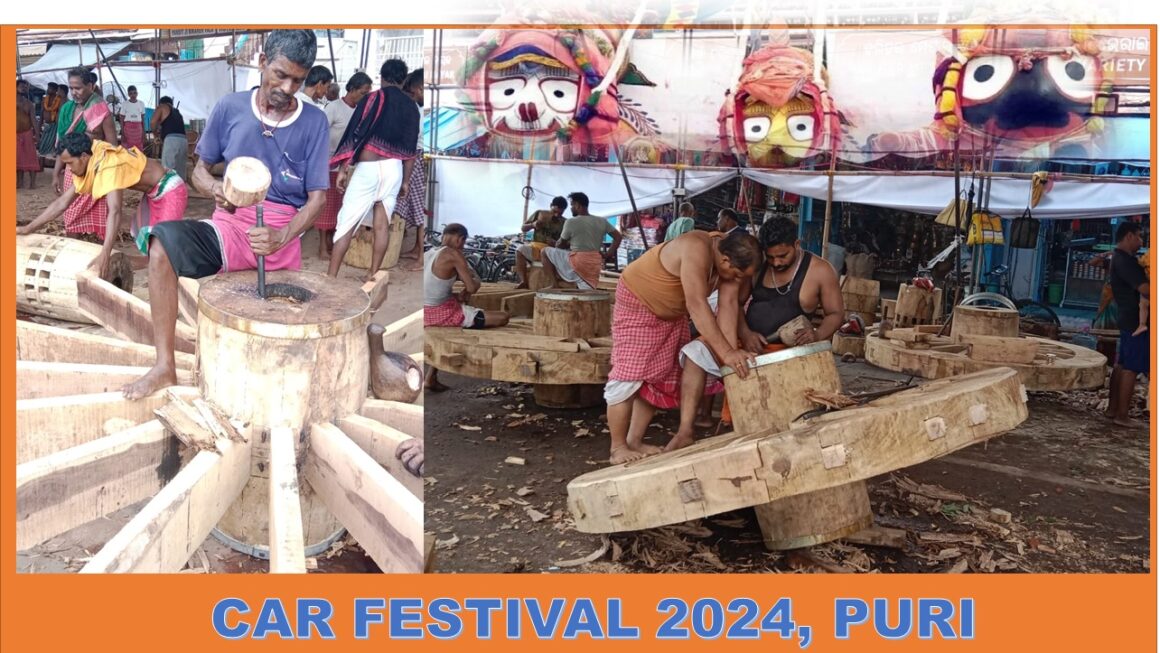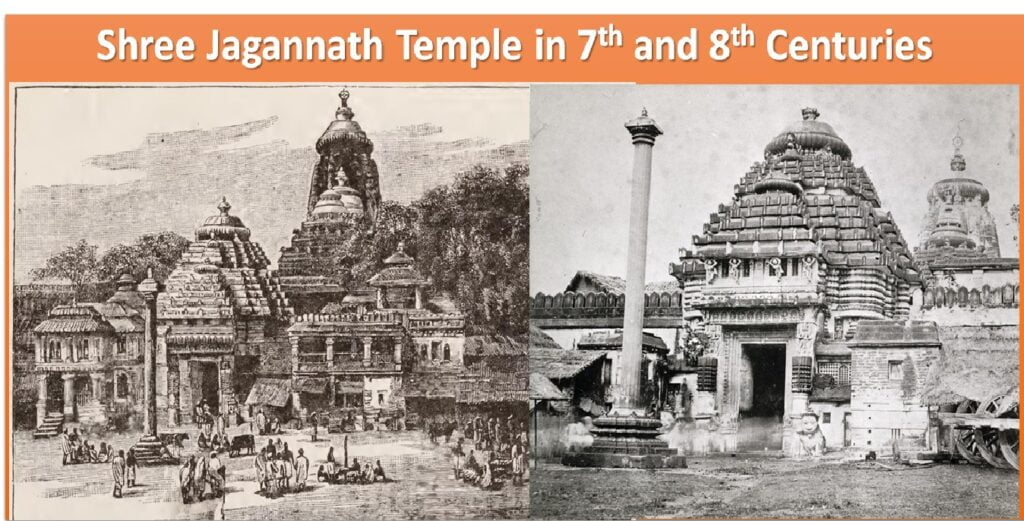
In Odisha, when did Shree Jagannath worship begin? It has not been determined to date. To prove its antiquity and tribal relationship, the researchers take refuge in various fictional arguments, but none of them match reality. To prove this antiquity, researchers have tried to show that there are facts in the Ramayana, Mahabharata, Vedas, etc. But it is completely empty and fictitious. Before the 7th and 8th centuries AD, there was no worship of Shree Jagannath in any literary history or records, or if there was, it had no priority or importance, or before the 7th and 8th centuries AD, it was limited and worshipped among a few people or groups but could not come to public attention elsewhere. Jagannath and his worship are first mentioned in Indrabhuti’s ‘Gynasiddhi’, written in 717 AD.
From this, it seems that Shree Jagannath came to the public as the deity of “Boudha Tantra” during the 7th or 8th century AD. Jagannath’s worship location prior to his public arrival remains unknown to this day. There is no doubt that Puri has been known as the “Jagannath Kshyatra” since Somavanshi Jayatikeshari. However, there is no historical evidence that it was known as “Jagannath Kshyatra” before Yayatikeshari’s time. Since ancient times, the Udradesha dynasty has worshiped Shree Jagannath as the national deity. Although we can accept it, the identity and location of this Odradesha dynasty, which has ruled since ancient times, remain unknown. At no time in history was Puri Odr’s part of the kingdom special. It did not include what was known as Odradesh, Puri, in ancient times.
Also Read..
The Greatness of Purusottam Kshetra
In Odisha’s history, there is no such old dynasty as 80 kings reigning. The Bhanj dynasty, known from history as the oldest dynasty of Odisha, only exists in Khinjalimandal. This Bhanj dynasty is known in history as the dynasty of Oder and is described in records. The description of the kings mentioned in the Odhradesh dynasties is also mentioned in ‘Madalapanji’. According to Madalapanji, among the Soma dynasty, Keshari dynasty kings, Banja dynasty kings, and Kara dynasty kings will be included. Historians criticize the introduction of 78 or 80 kings prior to the arrival of Yajatikeshari and Bhaumakara. Undoubtedly, the Soma dynasty did not have a single king.
Historians have made an effort to identify Shubhakara Dev of the Bhaumakar family with Shovanadev. Because in the history of Ordia, the first auspicious Dev (A.D. 790) reigned for 133 years—that is, until 913 or 941 AD—none of the kings tried to save Jagannath. Madalapanji, on the other hand, was 96 years old, while the first Shubbhakara Deva of the Bhaumkar clan reigned for only 20 years. Without a doubt, the Odra Desh dynasty or Madalapanji provide detailed information about Shovanadeva’s relationship with Shubhakar Deva of the Bhaumakar dynasty.
Shree Jagannath Patali at Sonpur
Historians have resorted to such a legend to prove that Shree Jagannath was residing in Puri before his death (Patali) in Sonepur. In the 2nd chapter of Shovanadeva, the king named Pravatabahu came across the sea in a ship and entered Boitaru Ollahai in Kanika. In the meantime, when the servants heard the news of the blood-stained Lord’s arrival, they took Shree Jagannath Mahaprabhu and buried him in Gopalli village (on the border between Sonpur and Boudh). Without Shree Jagannath in the city, there was a lot of bloodshed in Puri. At this time, the Banki river broke its mouth, and water entered the city. The sea came to the big root gorge. But there is no evidence to what extent this information is true.
History of Puri
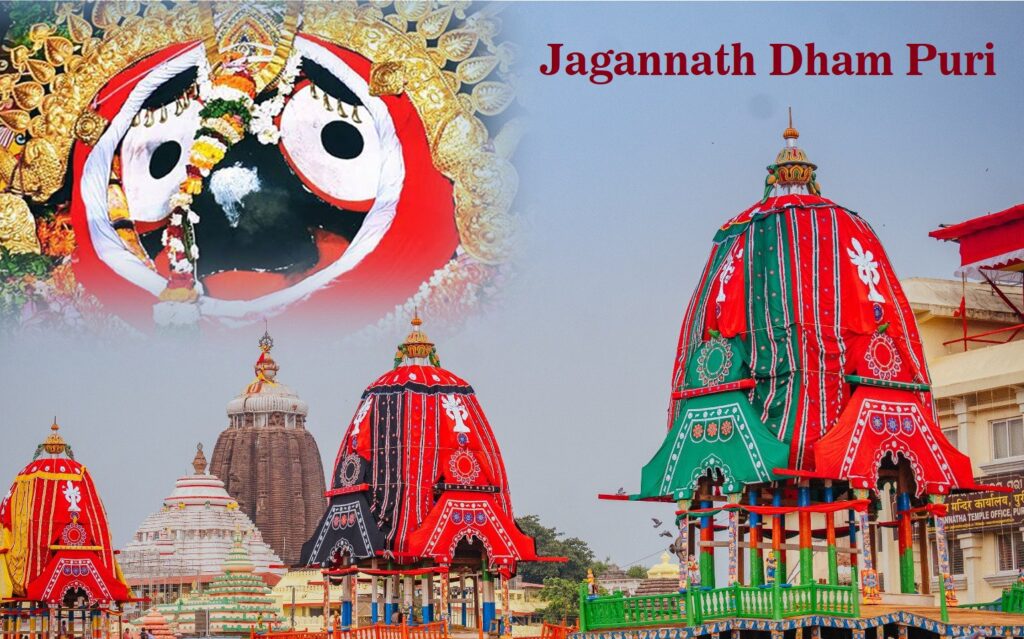
On the contrary, if we look at the history of Odisha, it is known that as many dynasties have reigned in Odisha, none of them had Pura as their capital, or the ancient name of Puri was not Kanak at any time. According to historians, Puri is the oldest city in Odisha. Historians have observed its existence since the time of the Buddhas. However, during the reign of the King of Ganges, the city remained intact, and its glory grew. Puri never served as a capital or royal residence. According to Dr. Harakrishna Mahatab, Puri was the capital of Odisha until 1816 AD. Then it came to Cuttack.
The first mention of Shree Jagannath appears in post-system literature from the 7th century AD. Among those texts, the Kalika Purana mentions “Jagannathmodresam Tatra Pujyate.” According to historians, Odra desh’s traditional boundaries began at the Keonjhar border and extended to the left bank of tThis fact demonstrates that the region known as ancient Odra Desh either lacked Puri Tar or did not exist. or did not exist. Puri was part of the ancient Tosali kingdom. Prior to Yayati, Puri had no predominance. Prior to Teni Yayati, the name Puri did not appear in history, literature, religious texts, or Purana scripts. The text does not contain any mention of the male domain before Jajati. It appears to be especially relevant in Shri Jagannath’s history. In the absence of which, Yayati built 38 cubits in Puri and settled Jagannath.
Worship of Nilamadhab and Shre Jagannath
Many researchers think about the origin of Shree Jagannath and express the opinion that Nilamadhava is his previous form. This is a common misconception and creates a confusing situation when discussing Jagannath’s origin. It is known that Nilamadhava is worshipped as an integral part of Madhva worship in Odisha, but the story that is being made by connecting him with Jagannath worship, which is developing in a completely different situation, is not accepted by common sense. Such stories have influenced the composition of books like Skanda Purana in Uttarakhand. Historical evidence does not definitively support the worship of Nilamadhav in Odisha prior to Yayati Keshari.
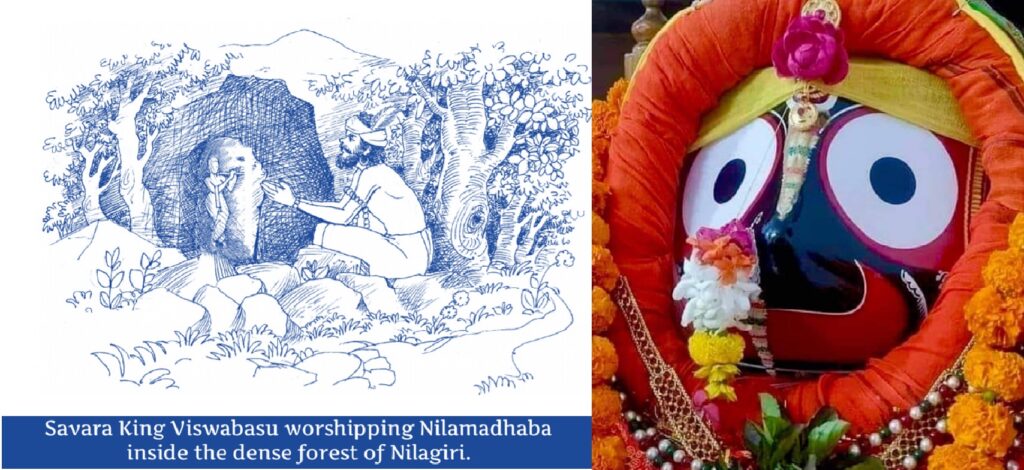
Jagannath’s worship is very different from Madhva’s and Nursingh’s. When thinking about Jagannath’s origin, our eyes first go to Indrabhvi’s “Jnansiddhi” book. For the first time, the name Jagannath comes to mind. In Buddhism, Indrabhuti was the thunder speaker. He started the book Lekha by worshipping Jagannath as Buddha in his book of enlightenment. He considered Jagannath to be the embodiment of Buddha. Some historians are not of the same opinion and say that before Indrabhuti, the name of Bishnu Sahashra in the Mahabharata was saved, and it has been shown that the name of Jagannath has been pronounced in the Mahabharata as well. Some historians argue that it is challenging to determine whether Puri worshipped Jagannath during the Mahabharata era. However, we can assert that Jagannath did not have beards during that era. It means Jagannath mentioned in Mahabharatara BISHNU sahashra is not Jagannath made of beards worshipped in Puri.
According to some historians, the BISHNU PURANA widely uses the name “JAGANNATH” as an alternate name for both BISHNU and Jagannath. Historians say that Jagannath went to prove his Bishnu origin. The first Yatikeshari (922–955 AD) brought Jagannath from Sonepur and installed him in Puri in the ninth century, if the facts given in Madalapanji are considered true. Bengali Vishwakasa fixed the composition of the Bishnu Purana in the 10th and 11th centuries. It seems that in order to prove the Buddhist god Jagannath as a Vaishnava deity, an attempt has been made to show Jagannath as a substitute for Bishnu in the Bishnu Purana, written in the 10th and 11th centuries.
Shree Jagannth Established at Puri by Jajatikeshari
The Sonpur area of Boudh, located in the Mahanadi valley or Kosala border of Odra, is home to the worship of Shree Jagannath, the deity of Buddhism. Fearing an attack from the RAKTABAHU, a king hostile to Buddhism, Lord Jagannath spent 146 years buried in the Gopali village of Sonpur. In the 8th and 9th centuries AD, King Jajatikeshari of Somavanshi became the king of Odisha state.
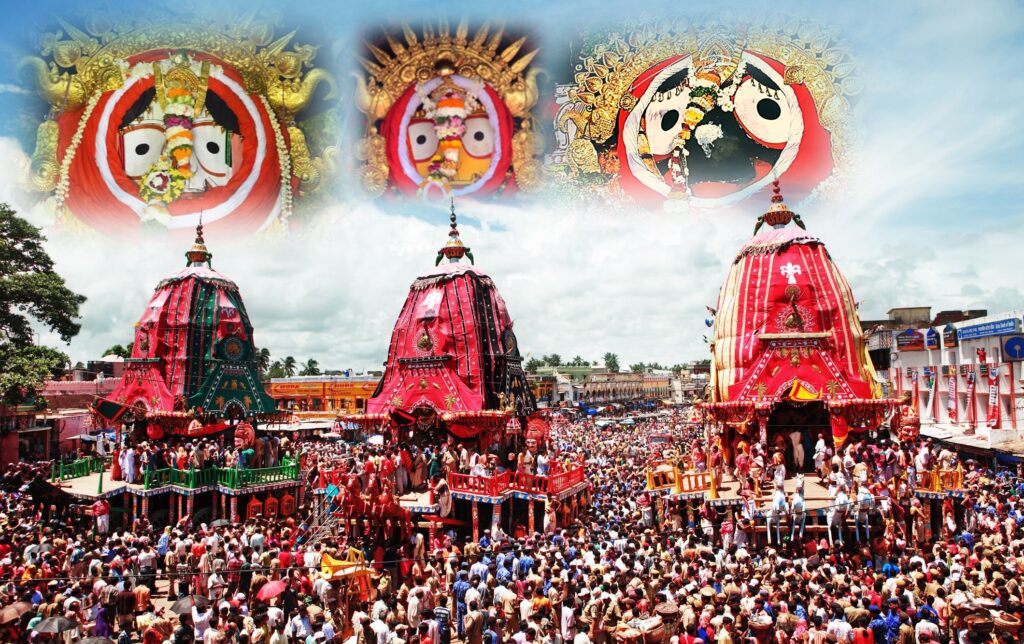
He then researched Mahaprabhu Lord Jagannath, borrowed from there, renovated the first temple in Puri, excavated a 38-cubit temple, and established a new idol. Previously, under Kangod, Madhav worship was in force in Puri. This explains the worship of numerous idols bearing the name of Madhava in the Mahanadi, Baitarani, and Prachi river basins. This could be due to Nilamadhava’s insight into Buddha Miradi’s basin of Mahanadi and the re-establishment of Mahaprabhu Shree Jagannath from Odra. Therefore, King Jajatikeshari of Somabanshi first installed Shree Jagannath Mahaprabhu in Puri in the 8th–9th century AD.
